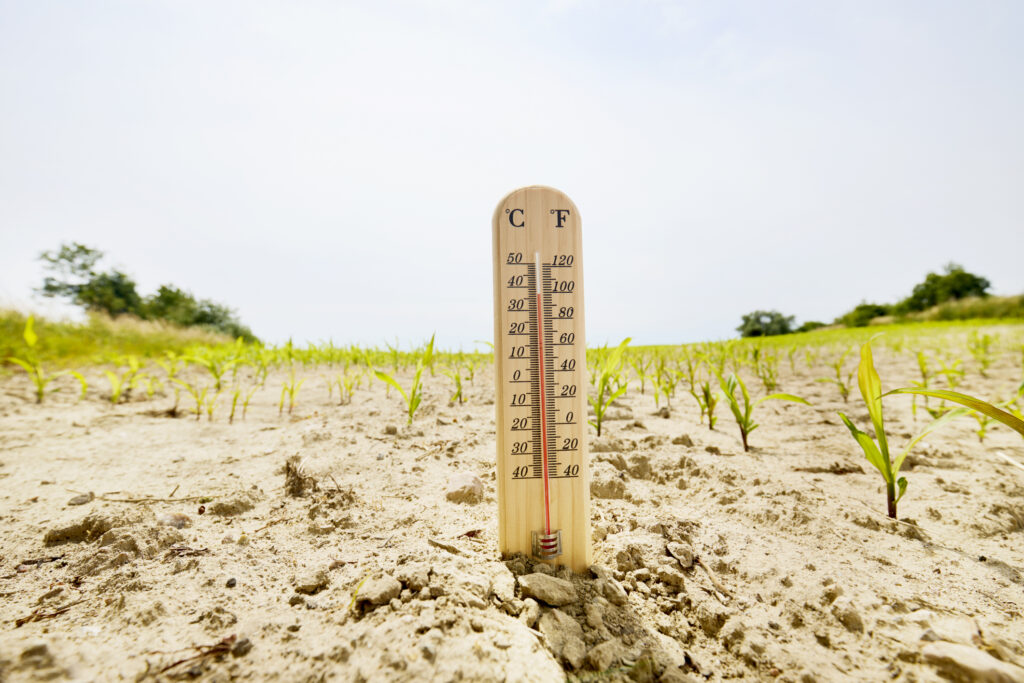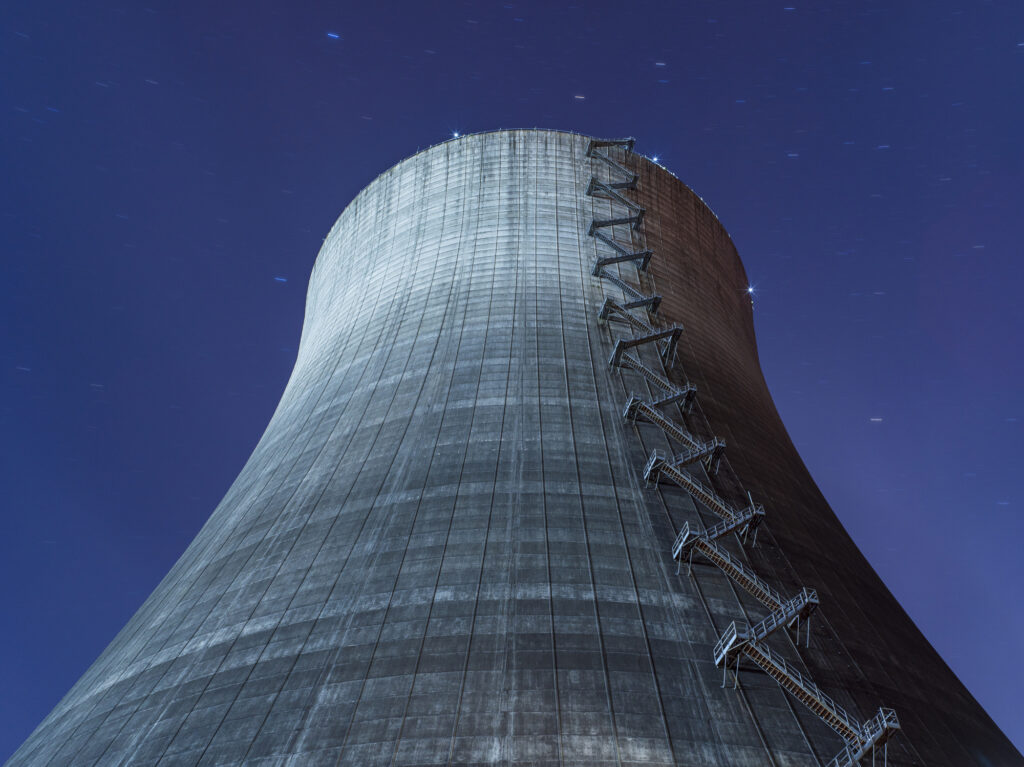Energy has long lost the attention of the media, so we no longer think about ways we use energy and its effect on national policy or our pocketbooks. However, the problems of energy supply we deemed a crisis in the 1970’s are still with us and a new crisis may be due to our own making.
U. S. warships are still in the Persian Gulf to keep open the supply of Middle East oil which still accounts for about one-quarter the world’s oil production. Conflicts in North Africa, the Middle East, and the Ukraine all involve energy supply. Poverty in Sub-Sahara Africa and its present Ebola crisis are due to 70 percent of its inhabitants not having access to electricity.
On an individual basis, stringent energy conservation can help postpone future crises and, for individuals, reduce the cost of living. After the cost of a home mortgage or rent, energy is the greatest expense for the average individual. (I am ignoring taxes and social security being an expense; politicians do.) For those with houses paid for, energy is the number one cost of living expense.
For individuals, energy is purchased in the form of gasoline, oil, natural gas, propane, and electricity. Over the period of one year, a family will spend $4,000-plus for energy. In order to achieve significant savings in energy costs, one must think about how energy is being used and the ways to reduce this consumption. The attitude of “I want to keep my money and not give it to oil companies or utilities,” must be developed. Because of taxes, you have to earn two cents in order to have one cent to spend on energy. Consequently, every cent saved on energy costs is equivalent to earning two cents.
The use of energy can be broken down into several broad categories: transportation, heating, air conditioning, water use, and miscellaneous. These categories are listed in decreasing order of expense. By use of these rules, I have been able to reduce my energy consumption by one-third of prior use.
TRANSPORTATION
The average home spends more than $3000 annually on gasoline; add in maintenance, insurance, and car tags and you are talking real money.
- Drive like a brake job cost $100,000. Every time you use your brakes, you are converting gasoline energy into heat which consumes brake linings. Don’t follow cars closely. Anticipate traffic lights blocks ahead and coast to stops. Don’t accelerate too fast and avoid making quick stops. Front disc brakes should last 65,000 miles and rear brakes over 100,000 miles.
- Drive as fast as safe in city driving remembering the efficiency of motors improves with higher speeds.
- Keep your car perfectly tuned. Determine your cars miles per gallon every time you add gas and if the mileage falls, realize some type of maintenance is in order.
- Don’t drive! Walking is good for your health and saves on gas consumption. It’s foolish driving around a parking lot looking for a close-in parking space. Park the minute you enter a parking lot and walk to store’s entrances—this also saves on dents from parking between cars.
- Use radial tires and make sure proper air pressure is maintained at all times. Keep a tire gauge and check tire pressure every month. Don’t forget the spare tire.
- Avoid driving during periods of traffic congestion if possible. Also avoid making senseless shopping trips. Plan ahead and make several stops on the same trip.
- Consider car mileage when purchasing new cars. The mileage for new and old cars is found at the website “fuel economy.com“.
- Use the cheapest gas available in your area. The price of gasoline at all fuel stations is also found at “fuel economy.com“.
- Use air conditioning sparingly because it requires substantial engine power; however, at high speeds always have all windows closed to reduce air resistance and use air conditioning if needed for comfort.
- Help other drivers save on gasoline by letting them make left turns or into traffic flow when waiting.
HOME HEATING
Heating accounts for about 40 percent of the energy use for homes with air conditioning and 50 percent of energy use for homes without air conditioning.
- Seal all holes leading into a home with caulking. This stops outside air infiltration and loss of heated air in the winter. Holes may be found around window frames, door frames, and ceiling beams that extend outside. This is by far the cheapest means of energy conservation and is quite effective.
- Weather strip all exterior doors and windows.
- Make sure the home is insulated to Building Code Standards. For Atlanta, GA the minimum standard is 3 ½ inches of insulation (R-11) in exterior walls and 6 inches of insulation in exterior ceilings (R-19. I prefer fiberglass batts for insulation because they hold their shape permanently, non-toxic, and cheap. In addition, I recommend 12 inches insulation for attics. For older homes without insulation it may be cost prohibitive to install wall insulation; however, attics are usually open and placing 12-inch batts is not expensive if the homeowner does the work.
- Install storm doors and storm windows. Because of expense hiring proper installation, this may not be cost effective. Benefits are great in energy savings and also reducing outside noise. Keeping drapes closed can accomplish some of the effect of storm windows. Double pane windows are also effective energy savers. These are available at reasonable cost from building supply stores and if self-installed the payback period may be only ten years. I properly installed double pane windows and storm windows giving me triple pane windows that made big heating improvements and almost eliminated outside noise.
- Insulate all supply and return ducts in the heating system if they are located in attics or crawl spaces. In addition, make sure all duct joints are properly taped to prevent leakage.
- Clean and replace the air filter for the blower on a regular basis.
- Heat rooms only in use. Do not shut off returns to your heating system; but you can shut off supply ducts as long as they don’t exceed 30 percent of supply lines.
- Install a programmable thermostat that allows temperature settings dependent upon the home use. Late night temperatures can be set to 60 degrees that allows big savings—for every degree in setback the fuel savings may exceed 2 percent. Set daytime temperatures according to occupancy of home.
- Avoid using exhaust fans in the kitchen or bathrooms. Their use sends hot air outside and brings in cold air from the outside.
- Let the sun help heat the house in the winter by opening drapes of south facing windows during the daytime.
AIR CONDITIONING
Homes with air conditioning use 25 to 35 percent of their energy use in this fashion.
- Employ items a, b, c, d, e, f, g, and h described under home heating.
- For central air conditioning systems clean the outside condenser coils every spring because this helps increase the efficiency of the air conditioner by maybe 10 or 20 percent.
- Set thermostat temperatures as high as comfortable. Each degree increase may reduce energy use by 5 percent.
- For Southern states with high air conditioning use, utilities have summer peak demands from 5 to 7 on weekday evenings as homes switch on their air conditioners upon return from work. Utilities are trying to reduce this load by offering variable pricing to discourage electricity use in peak demand periods. Instead of charging 16 cents per kilowatt-hour for summer electricity, a utility may charge 28 cents per kilowatt-hour from 2-7 p.m. weekdays and 10 cents per kilowatt-hour the rest of the time. The programmable thermostat can be used to lower utility bills by adopting this type of pricing. Air conditioners are most efficient late at night when outside temperatures are at their lowest. With a programmable thermostat the air conditioner can be set for 70 degrees from 11 p.m. until 8 a.m. in the morning. For weekdays from 8 a.m. until 2 p.m. the thermostat can be set for 73 degrees, from 2 p.m. to 7 p.m. the thermostat can be set for 80 degrees, and then from 7 p.m. until 11 p.m. the thermostat can be set to 73 degrees. On weekends the thermostat can be set for 73 degrees from 8 a.m. until 11 p.m. By not using the dishwasher, washing machine, or dryer during weekday peak hours, I have reduced my summer electricity bill by 20 percent.
- When replacing an air conditioner, make sure the unit is not oversized for the job. Contractors like to specify one ton of air conditioning for every 500 square feet of living space. If the techniques described in part “a” are employed, you can probably get by with one ton of air conditioning for every 800 square feet of living space. The smaller unit will run longer and keep the humidity low which adds to comfort.
- Make sure there is ventilation in the attic. If the attic is properly insulated, attic fans may not be economical in reducing power costs.
- In the daytime pull drapes over Southern and Western facing windows. I have placed movable shutters on Western windows that totally block out incoming sun for the summer and allow sun in the winter.
- Avoid excessive use of exhaust fans because they pull hot air into the house. However, use exhaust fans when taking showers because they add to humidity in the house.
- Air conditioners can be a source of water during a drought. Water is taken out of the air by the cooling coils and pumped outside by a small pump. For every ton of air conditioning you may produce 5 gallons of water per day. This water can be collected and used for watering plants.
WATER
Water is becoming expensive across the country due to shortages and repairs of old water treatment and sewage plants. In Atlanta, Georgia the average home uses 6000 gallons per month and the cost is $138. The marginal rate for the last gallons used in 2.5 cents per gallon. In addition to water costs, there is the heating cost for hot water needed for washing individuals, food services, and cloths. Water heating can be 10 percent of home energy use.
- Use low flow toilets in the home that are1.6 gallons per flush or lower. The Atlanta water system pays $100 each for replacement of old, high flow toilets.
- If you kill a bug and throw it into the toilet; don’t flush the toilet, it costs too much.
- Use water saving shower heads and faucets. This may cut water heating costs in half.
- Use dishwashers because they save on water use and make sure they are full when using them.
- Use washing machines only when they are full of dirty cloths.
- Set the thermostat temperature on water heaters to the low setting of 120 degrees. This reduces heat losses from water heaters and associated plumbing and also reduces chances of scalding from inappropriate application of hot water to humans.
- Insulating hot water pipes can save energy; however, cost benefits may be marginal.
- Heat losses from gas water heaters are matched to the energy output of the pilot light. So the standby loss of a gas hot water heater is zero when the thermostat is set to the lowest level of 120 degrees. Gas water heaters with pilot lights are convenient because they work during power outages. So forget buying a gas water heater with electronic ignition.
- Electric water heaters are made to operate with heat pumps. They are very expensive; but reduce energy demand by two-thirds. If a home requires large amounts of hot water, this type of water heater may be economical.
- In the design of new homes or remodeling, locate kitchens, bathrooms, and other areas that use hot water close to the water heater in order to have short lengths of hot water plumbing.
MISCELLANEOUS ENERGY SAVINGS TIPS
- Save on lighting energy use by employing compact fluorescent light bulbs (CFL) or LED lighting. These devices reduce lighting energy use by 80 percent. CFLs are sold in home improvement stores for about $10 an eight-pack; while LED bulbs are about $15 apiece. So CFLs are the financial choice; however, remember each CFL contains 4 milligrams of mercury, so their use demands locations in areas where breakage is unlikely. After CFLs fail, they need to be returned to the purchase location for disposal.
- Buy and use energy savings appliances. Microwave ovens use far less energy than stoves; so use them at all times when practical.
- New stoves and refrigerators are far more energy efficient than models sold twenty or more years ago. When buying gas stoves, consider types without pilot lights and self-cleaning because they are better insulated and use less energy.
- Improve the efficiency of refrigerators or freezers by cleaning their condenser coils annually.
- Keep refrigerators and freezers full as possible and avoid excessive or prolonged opening their doors.
- When cooking on stove tops use covered pans to save energy.
- Place furniture around interior walls of rooms in order to have increased comfort in both summer and winter.
- Cloth’s dryers suck in outside air during operation. Arrange their time of use so they do the least demand on heating or air conditioning systems.
- Turn computers off when not in use for extended periods like overnight.
- Flat screen televisions use substantially less energy than older models. If TV sets are old, large models, and used a lot; consider buying a new one. Turn televisions off when not in use.
Employing these tips can save hundreds to thousands of dollars annually. Always keep energy in mind during daily activities and save money for other uses and benefit the nation’s best interests.





